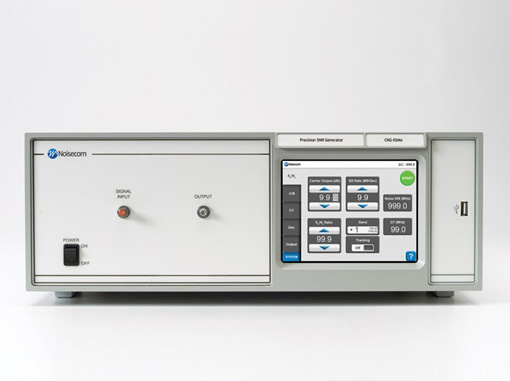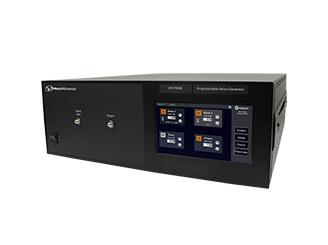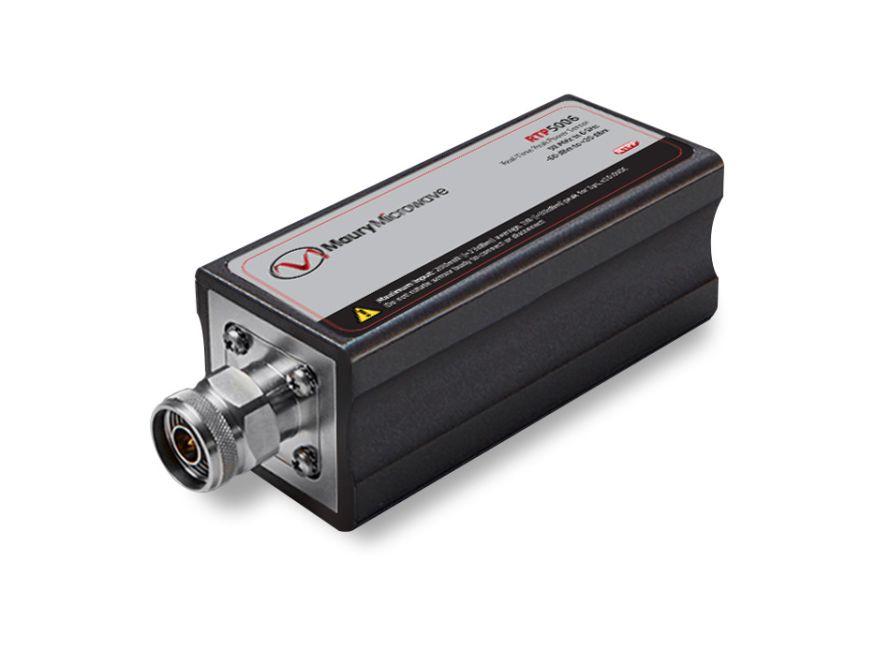BER measurement that optimizes performance for the real world
As wireless systems operate in increasingly noisy and complex environments, bit error rate (BER) testing ensures robust signal integrity, reliability, and the highest level of performance.
Maury noise generators enable accurate BER measurements by simulating real-world interference conditions all within a controlled lab environment. With highly controllable additive white Gaussian noise (AWGN) generation, you can stress-test receivers and validate system behavior against theoretical limits.
Maury solutions support:
- Customizable noise generation for robust BER analysis.
- Validation of receiver performance under realistic operating conditions.
- Optimized signal integrity through identifying system vulnerabilities.
Critical to uncovering how well systems receive and decode data, designers rely on Maury noise generators to ensure performance standards are met even in the noisiest environments.
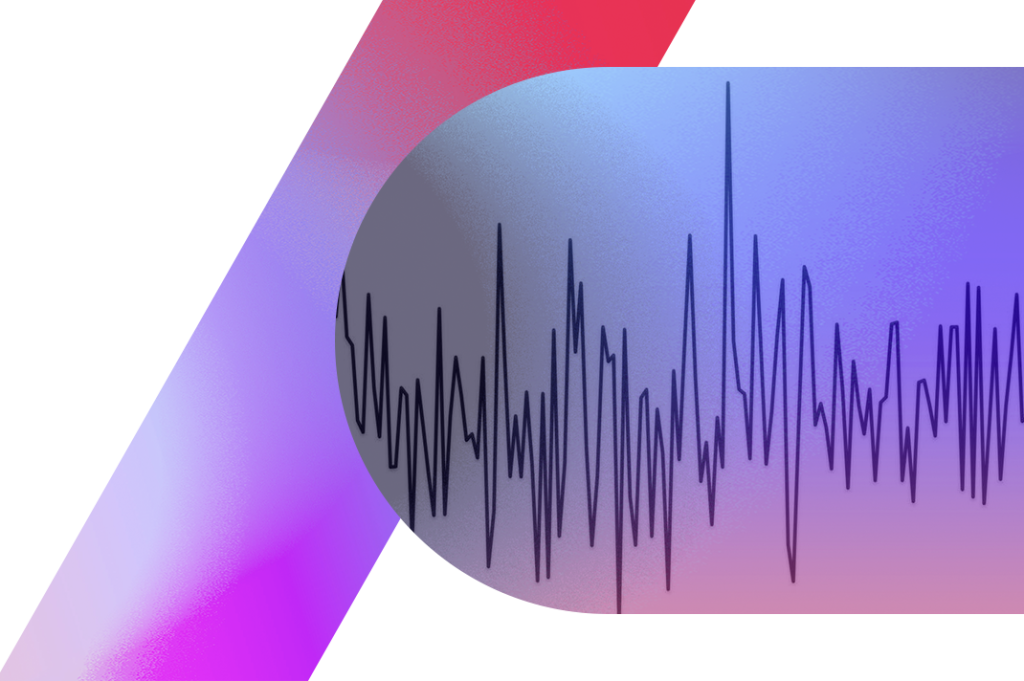
Learn more about Maury solutions for component testing

Stress your receiver with complex interference, quantify integrity with BER analysis
Modern wireless devices are expected to perform across wider bandwidths with greater dynamic range, but these demands push receiver performance to the limits. Wider bandwidth increases the amount of noise in the channel, while greater dynamic range means weak signals must be extracted cleanly.
Noise generators model real-world signal impairments via AWGN generation, providing critical insight about BER. With BER measurements, engineers can determine how many bits were received incorrectly.
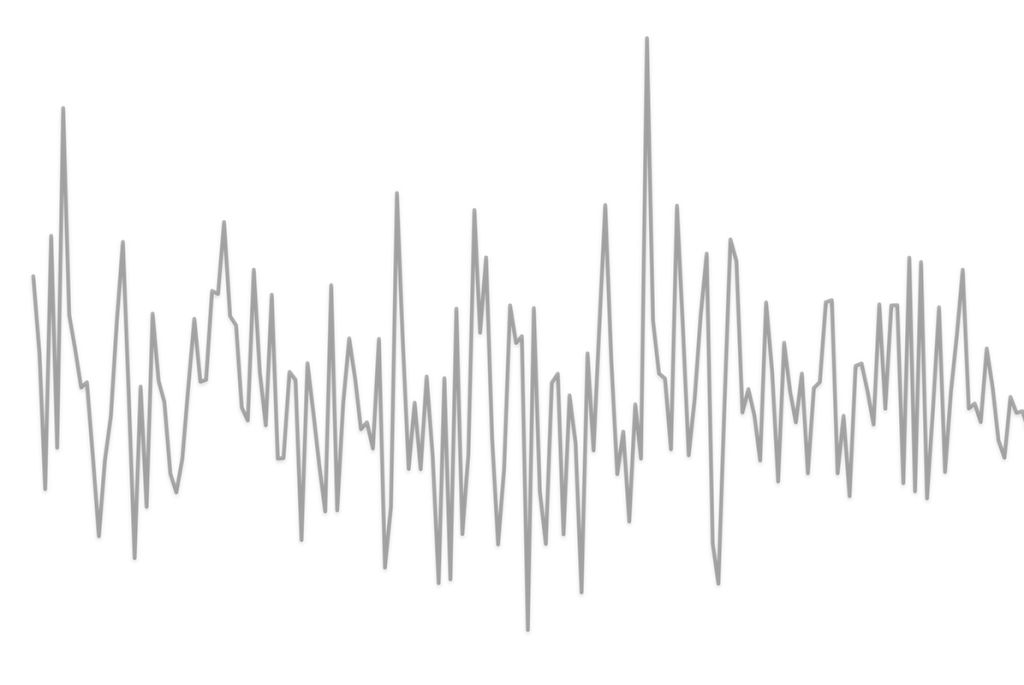
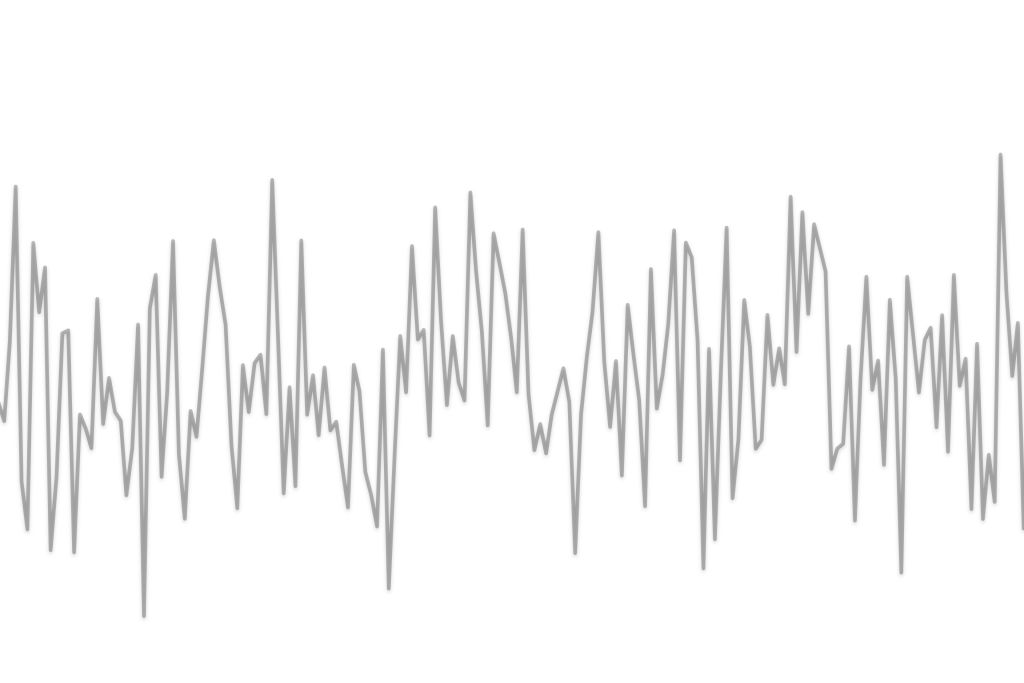
Known as a waterfall diagram, a standard test methodology involves plotting the signal-to-noise ratio (SNR) vs. BER. As the SNR increases, where the signal becomes more distinguishable from the noise, the system is better able to correctly decode data, thus dropping the BER.
With Maury noise generators, you can compare the theoretical dynamic range for a given modulation scheme to real-world measured values, ensuring your device reaches the highest reliability standards.
Related Resources
Implementation Margin of a Satellite Communication System
Learn how the Maury CNG-EbNo series is an important component in test systems whose job is to determine the effectiveness and efficiency of satellite communication links.
Latest News & Blogs
Visit Booth #704 at IMS 2024 for Solutions Spanning Active Load Pull to RF Channel Emulation
It’s that time of year again for the IEEE MTT-S International Microwave Symposium (IMS). Here’s a quick rundown of IMS 2024 essentials: When: Sunday, June 16, 2024, to Friday, June…
Need Accurate RF Power Measurements? Discover Key Features of the RTP5000 Series
The Boonton RTP5000 Series Real-time USB Peak Power Sensors are ideal instruments for fast, accurate, and reliable RF power measurements. This blog post reviews how the RTP5000 Series sensors can address the…
Want to Optimize Satellite Communications Testing? Join Us at Booth #2112 during SATELLITE 2024
Hosted in Washington, DC, SATELLITE 2024 is a premiere conference for the global space and satellite communities to discuss the latest innovations, products, and services. In this blog post, learn what attendees can…
How Can the Peak-to-Average Power Ratio Predict Error Vector Magnitude Degradation?
Error vector magnitude (EVM) is an important metric for analyzing and optimizing digital communications systems. However, EVM measurements can be time consuming and require expensive equipment. In this blog post,…
How Can Local Oscillators Impact the Performance of Radar and Satellite Systems?
Local oscillators (LO) are crucial components used in the upconversion and downconversion chains of radar and satellite communications systems. In this post, learn the role of the LO and how…
How Can You Analyze Signal Behavior with Crest Factor and Statistical Measurements?
A characteristic of orthogonal frequency-division multiplexing (OFDM) and other digital modulation schemes is high crest factor values or peak-to-average-power ratios (PAPR). High PAPR signals can strain amplifiers, leading to challenges such as waveform clipping,…
What Adverse Effects Does Phase Noise Have on System Performance?
All signals experience random fluctuations in phase, a phenomenon referred to as phase noise. This blog post takes a look at real-world RF signal behavior from both a time and frequency perspective,…
How Do You Measure the Complementary Cumulative Distribution Function of a Signal?
The complementary cumulative distribution function (CCDF) is a statistical power measurement that provides a deep understanding of signal behavior. How do you read a CCDF graph? What additional insight does CCDF offer compared to crest factor or peak-to-average power ratio (PAPR) values? Learn the answers in…


